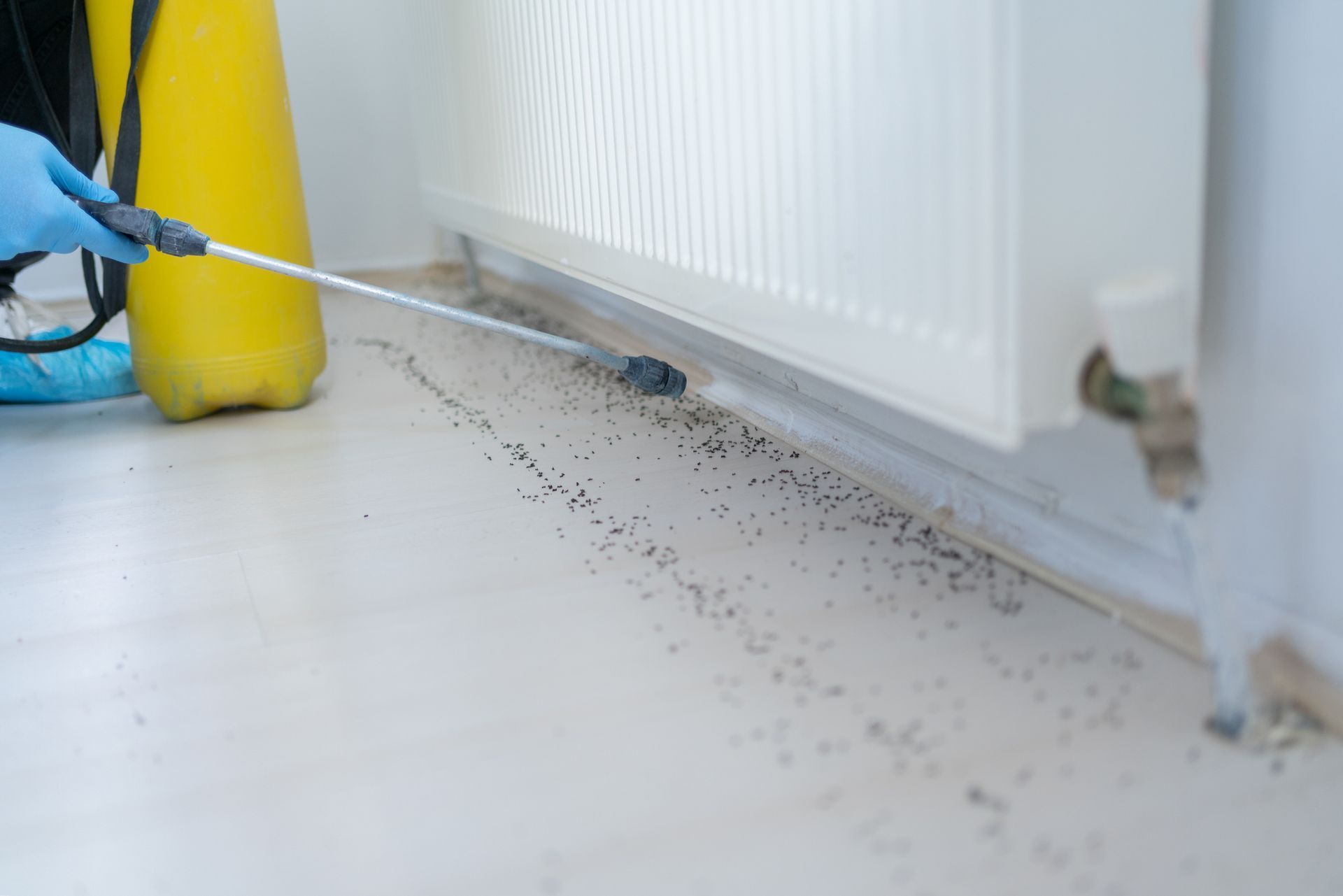5 Tips for Effective Tick Control in Minnesota
1. Understand the Tick Lifecycle Adult ticks prefer to attach to and feed on the blood of deer, horses, dogs, rodents, and other small mammals. However, ticks will also attach to humans who come into contact with the small arachnids. Ticks want blood, and your blood is as good as any to a hungry tick.
The first ticks that emerge in late February and early March are adult ticks that overwinter under leaf litter until the temperatures grow warmer. The adult ticks seek out blood hosts, feed for around a week, and then mate.
Each female tick lays around 3,000 eggs that fall into leaf litter and hatch between May and July. The hatched nymphs wait on the grass and weeds near the ground for unsuspecting birds, mammals, or humans to approach. The nymphs will feed for four to five days after attaching to their hosts.
Then the nymphs drop off their hosts, molt, and become adults. During the months of October and November, the adult ticks are at their peak populations.
2. Be Aware of Tick Disease Risks Lyme disease is the most prevalent tick-borne disease diagnosed in Minnesota reports the Mpls.St.Paul Magazine. The blacklegged tick — also called the deer tick — is the vector for Lyme disease.
Lyme disease is a bacterial infection that causes problems similar to flu symptoms. People with Lyme disease may feel exhaustion, fever, and body aches. They may suffer from more serious medical issues as the disease progresses.
Two other notable tick-based diseases are the most common infections spread by ticks in Minnesota. Babesiosis and anaplasmosis are serious diseases that are also spread by blacklegged ticks.
If you spot larval or adult ticks on yourself or a member of your family, contact your health professional right away. They can explain how to remove the tick safely. The health professionals may ask you to save the tick in a plastic bag for identification.
3. Know the Local Tick Species Multiple species of ticks are in Minnesota and throughout the Midwest. But two species, in particular, can be dangerous to people.
The blacklegged or deer tick (Ixodes scapularis) is only the size of a poppy seed as a nymph. During the nymphs' peak feeding period between May and July, be especially vigilant in seeking out the nymphs on your body after any trip outdoors. The tiny nymphs are easy to miss.
Blacklegged ticks hang out on blades of grass. The ticks stick out their legs and grab onto your skin as you walk past. The ticks have black heads, upper bodies, and legs. The lower bodies are brown in color.
The American dog tick (Dermacentor variabilis) is sometimes called a wood tick. The nymphs are around the size of a sesame seed, so they're easier to see than blacklegged tick nymphs.
Dog ticks like open spaces including grassy fields, hiking trails, and paths without trees overhead. Dog ticks can spread Rocky Mountain spotted fever and tularemia to humans. Dog ticks are lighter brown with pale markings on their legs and backs.
4. Dress and Spray for Defense Whenever you head outside for hiking, camping, fishing, or any other recreation in the woods or grassy areas, protect yourself from tick attachment. Experts recommend that you cover yourself fully when you're in tick-heavy locations.
Wear light-colored fabric including a long-sleeve shirt and pants so any crawling ticks will be more noticeable. Tuck your pant hems into your socks to keep ticks from crawling up under your pant legs or into your socks.
Wear a hat, and spray your clothing in permethrin-based tick repellent. If you have any exposed skin, spritz on a safe tick repellent including deet or picaridin. Shower and check yourself and family members for ticks after every outing.
5. Make Your Yard Less Tick-Friendly Your yard will be less hospitable to ticks if you keep the landscaping maintained and trimmed. Patches of tall grass and weeds are ideal spots for ticks to wait for their hosts, so mow the lawn as low as possible.
Other ways to get rid of ticks in the yard include the following:
- Rake and remove all leaves and leaf litter.
- Trim and clear brush from walkways.
- Trim all weeds and brush around home foundation.
- Stack wood away from home in dry location.
- Remove trash and junk that can hide ticks.
Some pesticides can be harmful when applied incorrectly. Always let a trained professional pest control company treat your property for ticks to ensure the safety of your kids and pets Get ready for tick season in the Twin Cities by contacting Paffy's Pest Control today. We offer effective tick control for property owners in Minneapolis, St. Paul, and Western Wisconsin.















